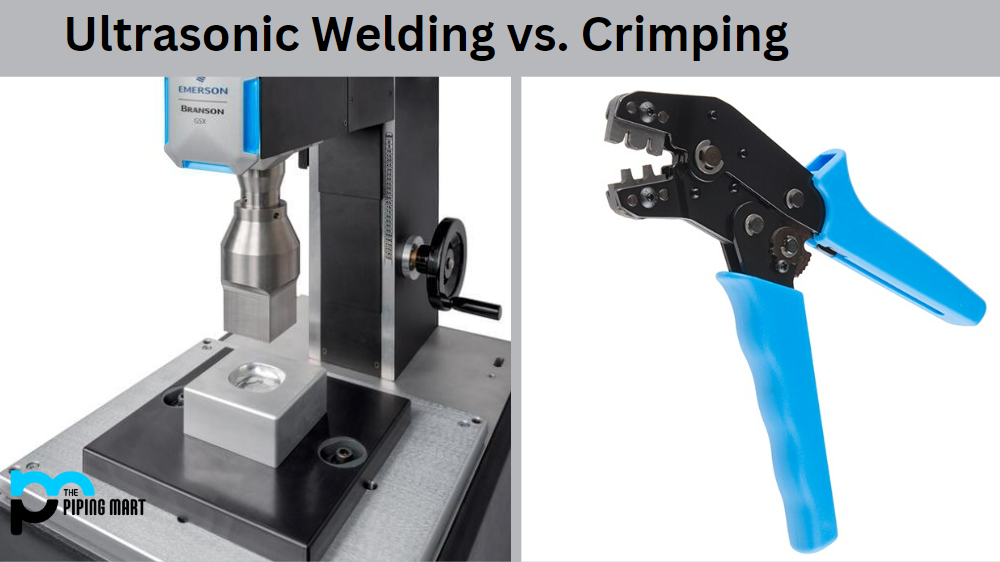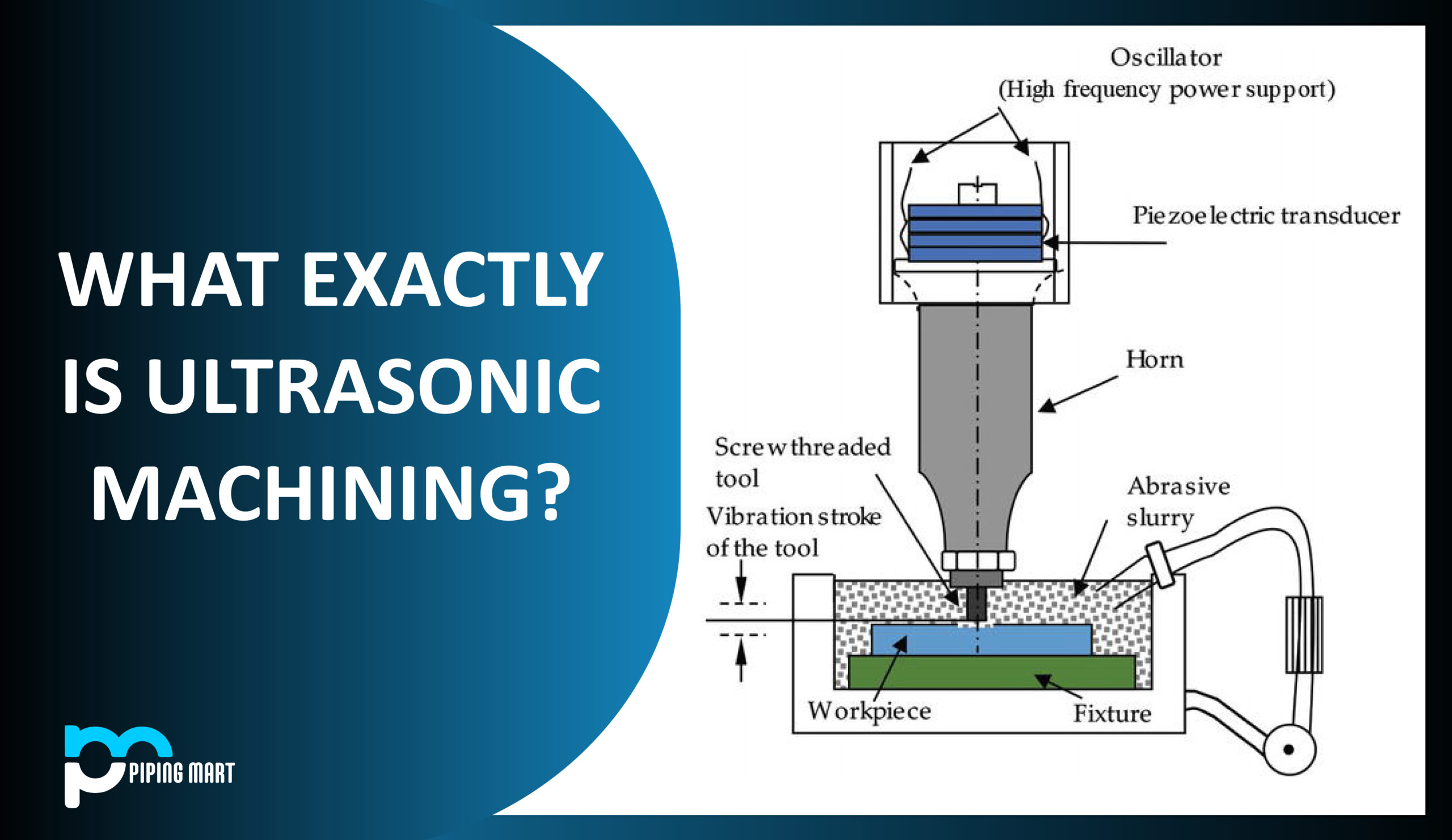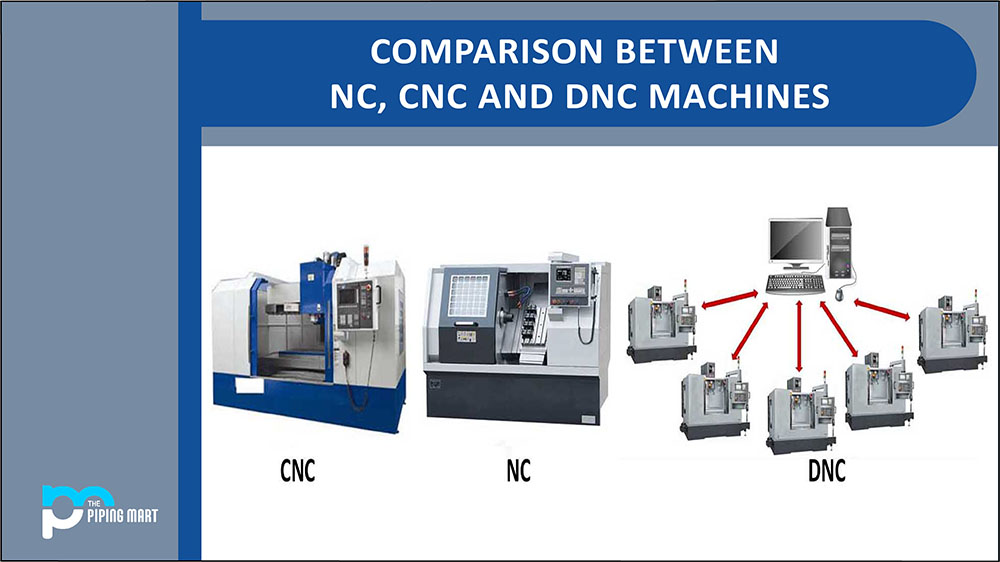When it comes to joining two pieces of material together, there are a variety of different methods that can be employed. Two of the most popular methods are ultrasonic welding and crimping—but what is the difference between these two techniques? Let’s explore the pros and cons of each method.
Ultrasonic Welding
Ultrasonic welding is a process that uses sound waves to bond two pieces of plastic or metal together. It uses an acoustic horn, which creates vibrations at high frequencies (20,000 Hz or higher). The vibrations cause friction at the contact points between the two materials, creating heat that melts them together. Ultrasonic welding is a very efficient way to join materials without additional components like adhesives or fasteners. However, it requires specialized machinery and can be expensive to set up.
Crimping
Crimping is similar to soldering in that it involves using heat or pressure to combine two pieces of metal or plastic. It compresses two materials between a pair of dies—one die has a groove, and the other has a protrusion that fits into the groove. Heat or pressure compresses them together, creating a permanent bond. Crimping is relatively inexpensive and simple, but it requires specialized tools such as wire cutters and crimpers. It also doesn’t create as strong of a bond as ultrasonic welding.
Difference Between Ultrasonic Welding and Crimping
- Ultrasonic welding is a process that uses high-frequency sound waves to create a bond between two pieces of plastic.
- Crimping is a process that uses a machine to compress two pieces of metal together.
- Ultrasonic welding is more expensive than crimping.
- Ultrasonic welding is faster than crimping.
- Ultrasonic welding can be used on various materials, while crimping can only be used on metals.
Conclusion:
Ultrasonic welding and crimping are effective ways to join materials together, but they have advantages and disadvantages depending on your needs. If you need an extremely strong bond, ultrasonic welding may be your best option, but if you’re looking for something more cost-effective, then crimping may be the way to go. Ultimately, it all depends on your specific requirements, so do your research before deciding which one works best for you!

A passionate metal industry expert and blogger. With over 5 years of experience in the field, Palak brings a wealth of knowledge and insight to her writing. Whether discussing the latest trends in the metal industry or sharing tips, she is dedicated to helping others succeed in the metal industry.




